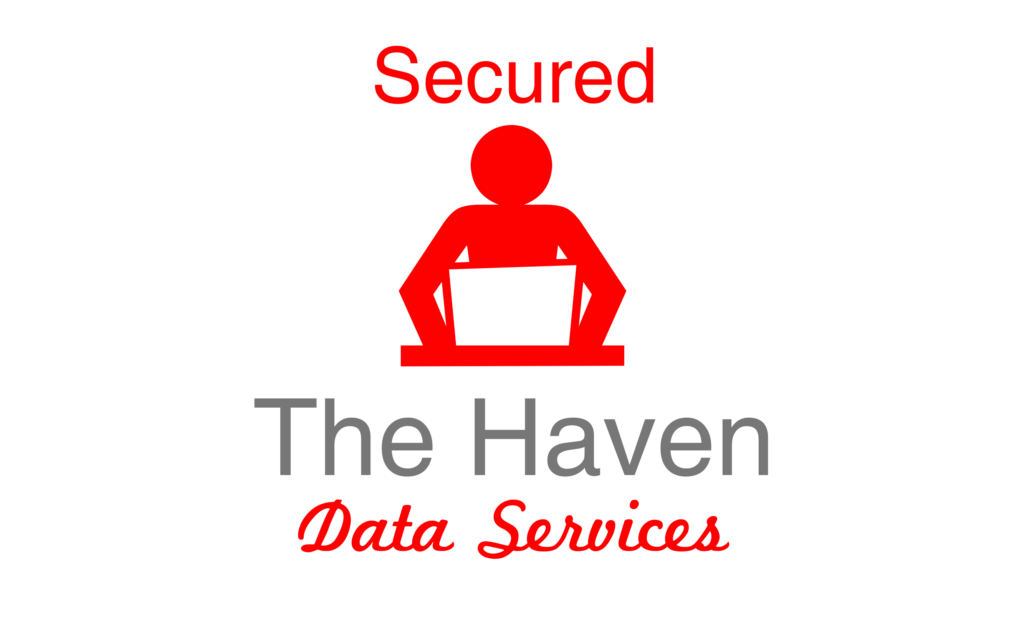Compliance Management

What is Compliance Management?
Compliance management is the ongoing process of overseeing and evaluating systems to ensure they comply with industry and security standards, as well as corporate rules and requirements.
How do I manage compliance?
To manage compliance, this will involve infrastructure assessment to identify systems that are non-compliant due to regulatory, policy, or standards changes, misconfiguration, or any other reason.
Compliance management is important because non-compliance may result in fines, security breaches, loss of certification, or other damage to your business. Staying on top of compliance changes and updates prevents the disturbance of your business processes and saves money.
To successfully monitor and manage compliance for your business’s infrastructure, you’ll need to:
- Identify systems that are non-compliant, vulnerable, or unpatched.
- Prioritize rectification actions by effort, impact, and issue severity.
- Quickly and easily patch and reconfigure systems that require action.
- Validate that changes were applied and report change results.
A few things that can make compliance management difficult:
- The evolution of security threats and compliance. These change quickly and often which will require rapid response to these new threats and regulations.
- As infrastructures become more spread out across on-site and cloud platforms it becomes more complex to get a complete view of your environment and any risks and vulnerabilities that might be present.
- Large, difficult infrastructures and teams can complicate coordination across your environment and organisation. In fact, system complexity can increase the cost of a data breach.
The best practices and recommended tools for Compliance
The best way to meet each of these challenges is with a parallel approach that will monitor all environments and identify any discrepancies. After this, it will address those discrepancies and bring them up to date and into compliance. It will keep a record of these updates so you have something to go back and look at if you are not sure what happened.
These practices can help you stay clear of any regulatory changes and keep your systems in compliance:
- Run regular system scans. Daily scans can help you identify issues, as well as security vulnerabilities BEFORE they can impact your business operations or result in fees and delays.
- As the size of your infrastructure grows and changes, it becomes more complex to manage manually. Using automation can trim common tasks, improve steadiness, and ensure regular observation and reporting, which then frees you up to focus on other aspects of your business.
- Keeping systems up to date can boost security, dependability, performance, and compliance. Patches should be applied once a month to keep pace with important issues, and patching can be automated. Patches for critical discrepancies should be applied as soon as they are detected. Be sure to test patched systems for acceptance before placing them back into production.
- Distributed environments often contain different management tools for each platform. Integrate these tools via application programming interfaces. This allows you to use your preferred interfaces to perform tasks in other tools. Using a smaller number of interfaces trims operations and improves visibility into the security and compliance status of all systems in your environment.
- Automated scanning can ensure systems are overseen and managed at regular intervals and alert you to issues without expending much staff time and effort.
- Information that is tailored to your environment can help you more quickly identify which compliance issues and security vulnerabilities are present, which systems are affected, and what potential impacts you can expect.
- Define business context to reduce false positives, manage business risk and provide a more realistic view of your security and compliance status ideal.
- Prescriptive remediation instructions eliminate the need to research actions yourself, saving time and reducing the risk of mistakes. Prioritization of actions based on potential impact and systems affected helps you make the most of limited patching windows.
- Generating clear, intuitive reports about which systems are patched, which need patching, and which are non-compliant with security and regulatory policies increases audibility and helps you gain a better understanding of the status of your environment.
Compliance Management with The Haven
As explained previously, compliance management is essential to the systems within your devices. That is why we at The Haven are always ready to tackle discrepancies and make sure those errors and fixed and back, ready to comply with the needs of your device and the regulations of your system.
If you are need of our services, make sure to contact us on our “Contact Us” page!